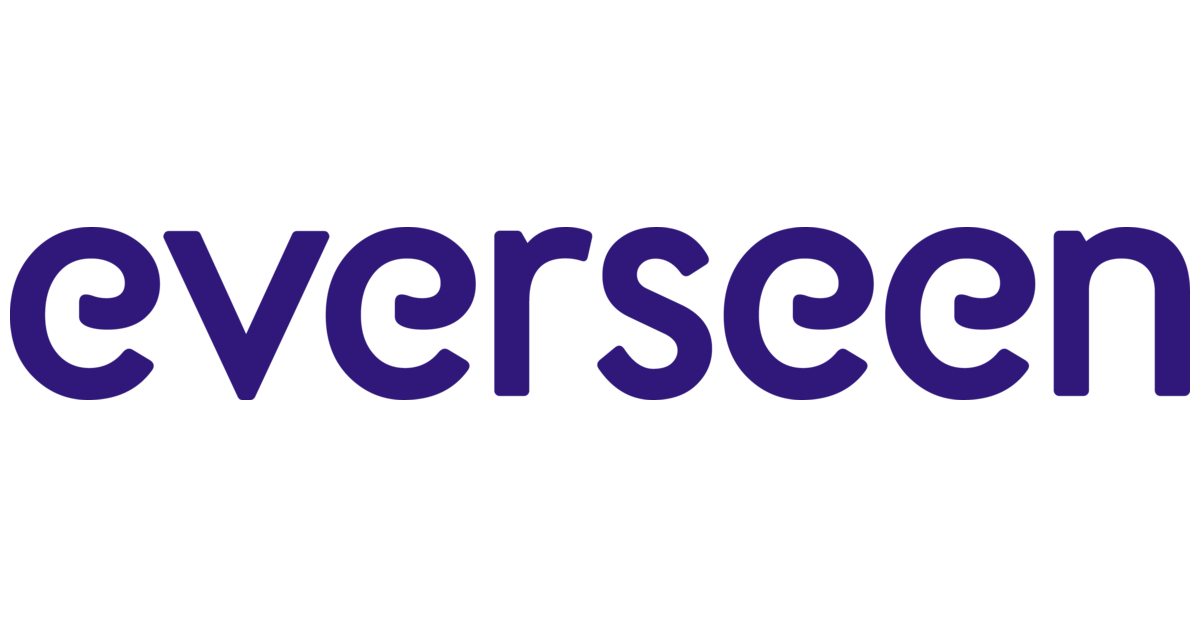
- 30% of all incidents at self-checkouts are now related to cart-based loss.
-
The average number of items left unscanned in the cart has increased from 1.6 to 3.8 per incident, while the average value of those items increased from $11.10 to $22.90.
-
For the average grocery store with 12 self-checkout lanes, this loss exceeds $102,000 per year, directly affecting a retailer’s earnings.
Everseen, the world’s most advanced Edge Computer Vision AI deployed at scale, released findings from its Retail Threat Curve report, showing that cart-based loss has doubled in the past year, reaching 30% of all incidents happening at self-checkout. The data for this report is based on a representative global sample, including more than 1 billion transactions across the calendar year ending on Dec. 31, 2023.
“Before now, retailers could not specifically account for the loss happening at checkout. These latest numbers add to the guidance we have been providing on where they can additionally focus their efforts.”
Cart-based loss is defined as unscanned items left in the shopping cart at the end of the payment process. While some cart-based loss is unintentional, Everseen’s analysis showed that the vast majority of cases are malicious. For example, a shopper might scan most of the items in the cart while leaving expensive items like alcohol and meat unscanned in the cart.
Read More: GreyOrange Raises Item-Level Accuracy to 99% with gStore Overhead RFID Technology
The National Retail Federation estimated that retail shrink — the difference between inventory on the books and what’s actually on hand — is approximately a $112 billion problem. While much of the retail industry has been focused on inventory loss due to shoplifting from the shelves — leading many stores to put their products behind glass or locked in cages — these numbers prove that an increasing amount of loss is happening during checkout. For the average grocery store with 12 self-checkout lanes, this cart-based loss exceeds $102,000 annually, directly impacting retailer EBITDA (earnings before interest, taxes, depreciation, and amortization).
“Retailers are under more pressure than ever to stop the high rate of lost inventory. If they do not have the proper defense systems at self-checkout, like AI-powered computer vision at this edge point to counteract the new threats, their EBITDA will continue to significantly deteriorate,” said Alan O’Herlihy, Everseen’s founder and CEO. “Before now, retailers could not specifically account for the loss happening at checkout. These latest numbers add to the guidance we have been providing on where they can additionally focus their efforts.”
Not only has cart-based loss soared to the top of the list of new theft patterns over the past year, but the average number of items and the value of those items have risen as well. According to Everseen’s data, the average number of items left unscanned in the cart has increased from 1.6 to 3.8 per incident, while the average value of those items increased from $11.10 to $22.90.













